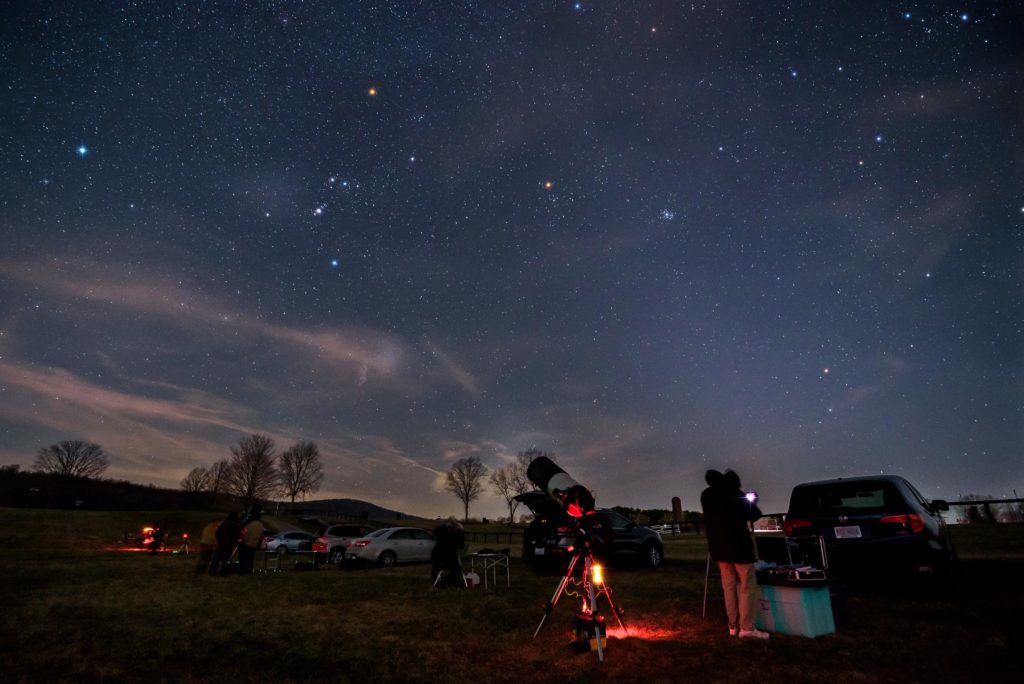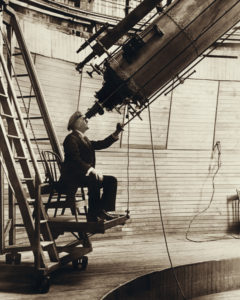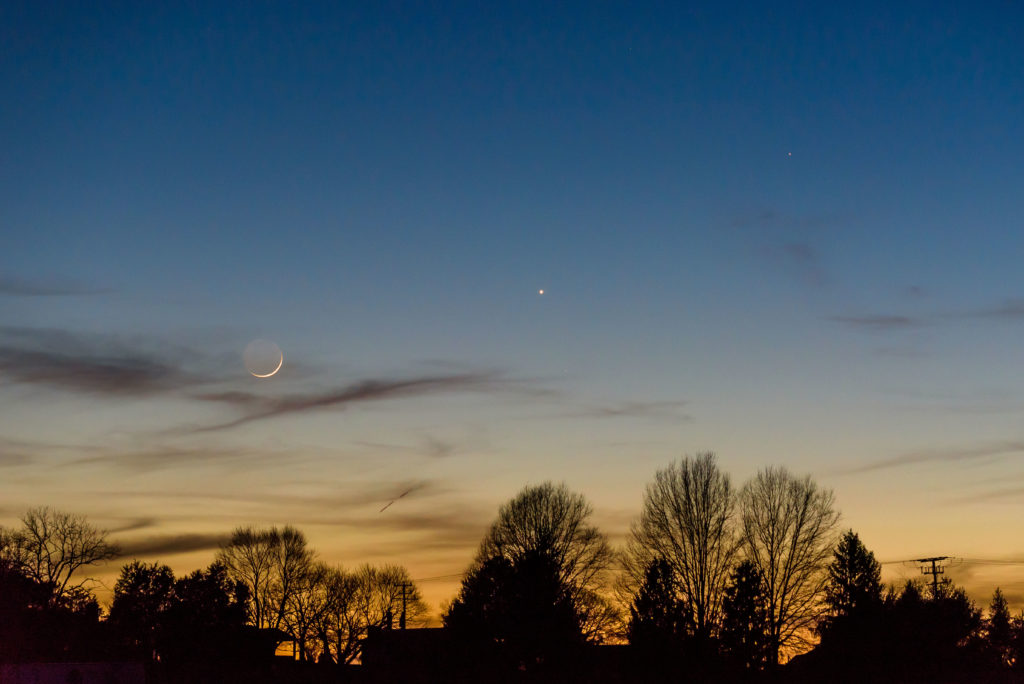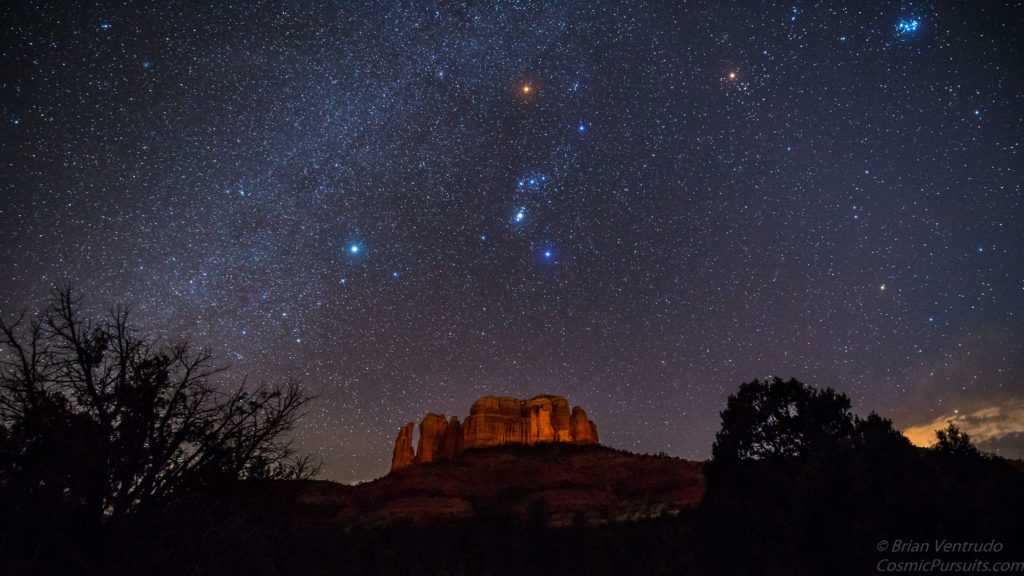A New View of the Moon from Alex Gorosh on Vimeo.
Here’s a short video to brighten your day. The writer and film maker Wylie Overstreet took his big 12″ Newtonian telescope into the streets of Los Angeles to show the Moon to passersby. The result? Well, see for yourself. But it’s nice to know that so many overstimulated city dwellers can still enjoy nature at its finest.
You can see a thousand pictures of the Moon, but it’s never the same experience as seeing it for yourself, especially through a good telescope. Even if you don’t know the name of a single crater or sea, the Moon’s stark beauty, the etched features and long shadows and large range of gray scale and brightness, make it one of the most appealing and accessible sights in the sky. And as more experienced stargazers know, you can get the same experience when seeing much fainter objects. With a little practice, of course.
This fine little production is a great reminder that we should look up more often. And when possible, share what you see with those around you.
Share This:


 The last Sunday of northern winter in 2018 brought a clear and dry night for stargazing in the Washington, D.C. area. In this image, taken from The Plains, Virginia, shows a slender crescent Moon just 3% illuminated by the Sun’s light. The Moon is joined by the two inner planets Venus (brighter, at center) and Mercury (upper right). Mercury has just passed its greatest eastern elongation and will now begin quickly moving back toward the Sun. Venus moves in the opposite direction, more languorously, as it slowly gets higher and brighter in the coming weeks.
The last Sunday of northern winter in 2018 brought a clear and dry night for stargazing in the Washington, D.C. area. In this image, taken from The Plains, Virginia, shows a slender crescent Moon just 3% illuminated by the Sun’s light. The Moon is joined by the two inner planets Venus (brighter, at center) and Mercury (upper right). Mercury has just passed its greatest eastern elongation and will now begin quickly moving back toward the Sun. Venus moves in the opposite direction, more languorously, as it slowly gets higher and brighter in the coming weeks.